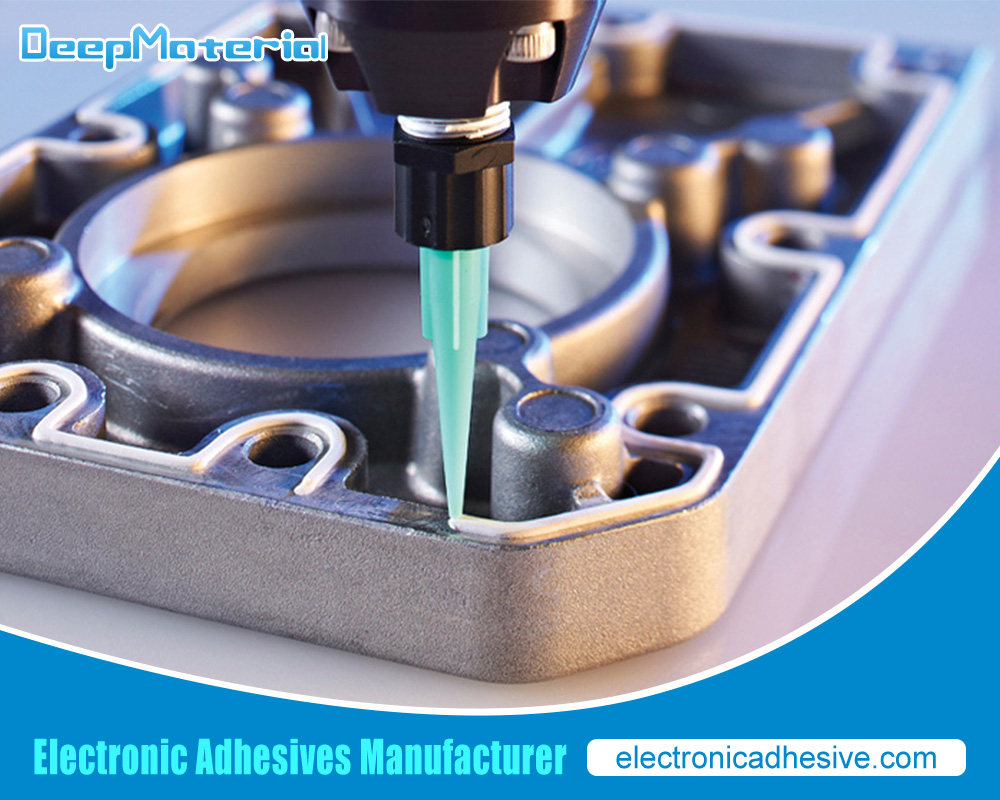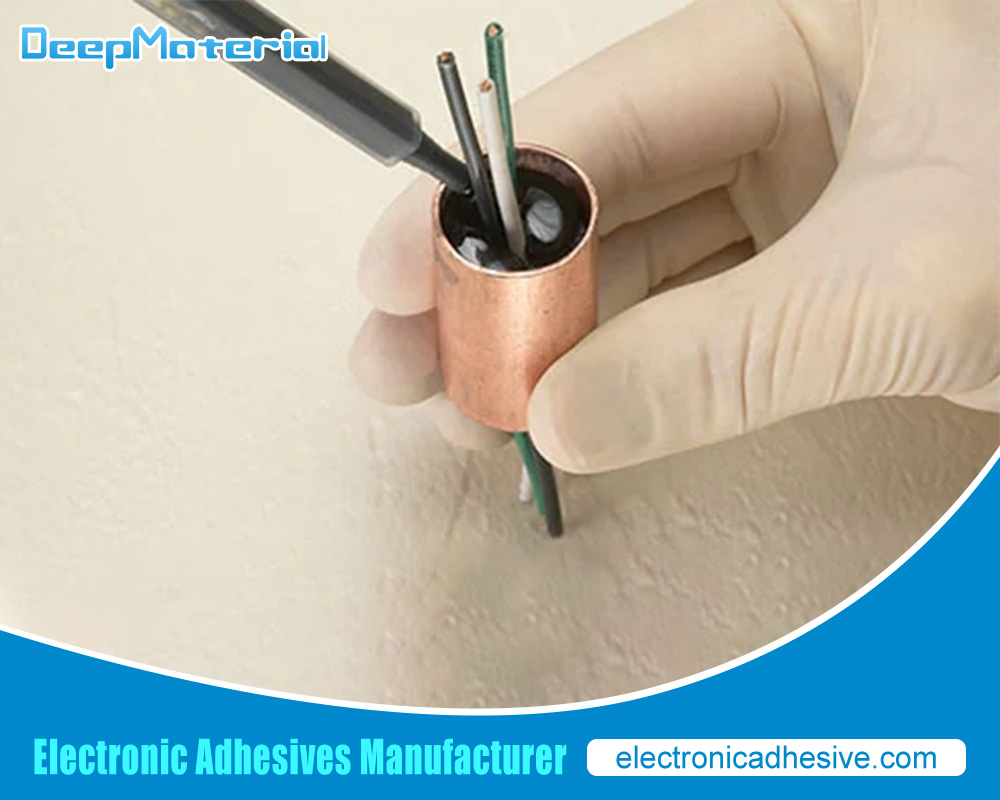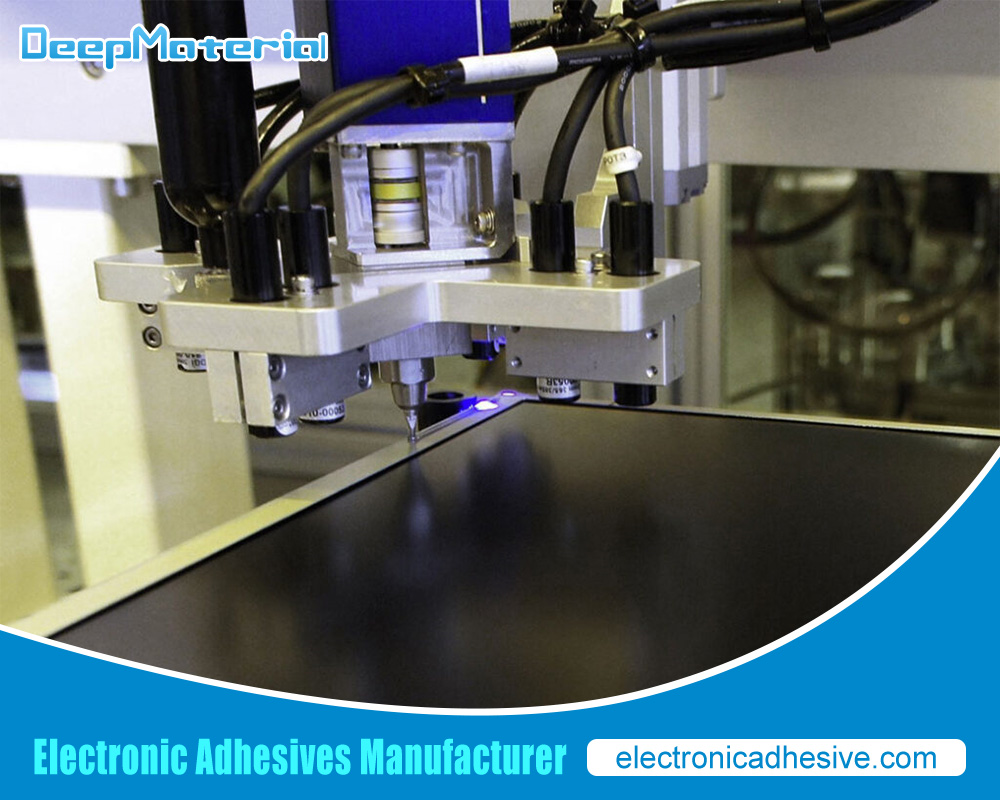Unlocking the Secrets of Optical Bonding Technology: The Future of Display Innovation
Unlocking the Secrets of Optical Bonding Technology: The Future of Display Innovation
Optical bonding technology is critical in assembling modern electronic displays, enhancing their visual performance, durability, and overall user experience. The demand for high-quality displays has grown exponentially with the proliferation of smartphones, tablets, automotive displays, medical devices, and industrial equipment. As these devices become more integral to daily life, the need for displays that offer superior readability, reduced glare, and enhanced durability has led to the widespread adoption of optical bonding technology.
Optical bonding refers to attaching a protective cover lens, such as glass or plastic, directly to the display surface using a layer of optical-grade adhesive. This process eliminates the air gap between the cover lens and the display, producing a more robust and visually superior product. The benefits of optical bonding include improved contrast ratio, reduced reflections, increased durability, and enhanced touch sensitivity.
The Optical Bonding Process
The optical bonding process involves several key steps, each crucial to ensuring the quality and performance of the final display. The process typically begins with preparing the display surface and the cover lens. This preparation may include cleaning, surface treatment, and the application of adhesion promoters to ensure a strong bond between the components.
- Application of Optical Adhesive: The next step involves the application of optical adhesive to the display surface. This adhesive is a liquid or gel-like material carefully dispensed onto the display to form an even layer. The choice of adhesive is critical, as it must possess the necessary optical properties, such as transparency and refractive index, to maintain the display’s visual clarity.
- Alignment and Bonding: The cover lens is carefully aligned and placed onto the display surface once the adhesive is applied. Precision is essential during this step to avoid misalignment, which can lead to visual defects and reduced performance. The assembly is then subjected to a bonding process, which may involve curing the adhesive using UV light, heat, or a combination of both. This curing process solidifies the adhesive, creating a permanent bond between the cover lens and the display.
- Post-Bonding Inspection: After the bonding process, the assembly undergoes a thorough inspection to ensure the bond is free of defects, such as bubbles, voids, or misalignment. Any defects must be identified and addressed to ensure the quality and performance of the final product.
Benefits of Optical Bonding Technology
Optical bonding offers many benefits, making it the preferred choice for many display applications. These benefits include:
- Improved Visual Performance: One of the primary advantages of optical bonding is the significant improvement in visual performance. Optical bonding reduces internal reflections by eliminating the air gap between the cover lens and the display, which can degrade the image quality. This results in a higher contrast ratio, better color accuracy, and improved readability, especially in bright ambient light conditions.
- Reduced Glare and Reflections: Optical bonding minimizes the number of reflective surfaces within the display assembly, reducing glare and reflections. This is particularly important for outdoor and automotive displays, where glare from sunlight makes viewing the screen difficult. By minimizing reflections, optical bonding enhances the readability of the display in various lighting conditions.
- Increased Durability: Displays that undergo optical bonding are generally more durable than those with an air gap. The bonded cover lens provides additional structural support, making the display more resistant to impact, vibration, and environmental factors such as moisture and dust. This increased durability is especially valuable in rugged environments, such as industrial or military applications.
- Enhanced Touch Sensitivity: Optical bonding improves the performance of touchscreens by reducing the distance between the touch sensor and the user’s finger. This leads to more accurate and responsive touch input, essential for devices that rely heavily on touch interaction, such as smartphones and tablets.
- Prevention of Condensation: In environments with fluctuating temperatures, displays with an air gap are prone to condensation forming between the cover lens and the display, leading to fogging and reduced visibility. Optical bonding eliminates this issue by filling the gap with adhesive, preventing moisture from entering and causing condensation.

Applications of Optical Bonding Technology
Optical bonding technology is utilized in a wide range of applications, each of which benefits from the enhanced visual performance, durability, and touch sensitivity that the technology provides.
- Consumer Electronics: Smartphones, tablets, and wearable devices are among the most common applications of optical bonding technology. These devices require displays that are not only visually stunning but also durable enough to withstand daily use. Optical bonding enhances the display’s readability, especially in bright sunlight, and protects against drops and impacts.
- Automotive Displays: In the automotive industry, optical bonding improves the readability and durability of dashboard displays, infotainment systems, and heads-up displays (HUDs). These displays must remain visible in various lighting conditions, from bright sunlight to low-light environments. They must also withstand the rigors of automotive use, including vibration and temperature fluctuations.
- Medical Devices: Medical devices, such as diagnostic equipment and patient monitoring systems, often feature displays requiring high clarity and accuracy levels. Optical bonding ensures that these displays deliver accurate and easy-to-read information, even in challenging lighting conditions. Additionally, the increased durability of optical bonding is essential in medical environments, where equipment must withstand frequent cleaning and sterilization.
- Industrial and Military Applications: Displays used in industrial and military settings are often exposed to harsh conditions, including extreme temperatures, moisture, and physical stress. Optical bonding enhances the durability and reliability of these displays, making them more resistant to damage and ensuring that they remain operational in demanding environments.
- Outdoor and Public Displays: Outdoor displays, such as digital signage and kiosks, must be readable in bright sunlight and withstand exposure to the elements. Optical bonding improves the visibility of these displays by reducing glare and increasing contrast while protecting environmental factors such as rain, dust, and UV radiation.
Challenges and Considerations in Optical Bonding
While optical bonding offers numerous benefits, the process also presents several challenges that must be carefully managed to ensure the final product’s success. These challenges include:
- Material Selection: Choosing materials in the optical bonding process is critical to achieving the desired optical and mechanical properties. To minimize reflections, the adhesive must be optically clear, with a refractive index that matches the display and cover lens materials. Additionally, the adhesive must possess the necessary mechanical properties, such as flexibility and adhesion strength, to ensure a durable bond.
- Process Control: Optical bonding is a precision process that requires careful control of various parameters, including adhesive dispensing, alignment, and curing. Any deviations from the optimal process conditions can result in defects, such as bubbles or misalignment, which can compromise the quality and performance of the display. Manufacturers must invest in high-precision equipment and robust process control systems to ensure consistent results.
- Cost Considerations: Optical bonding can add to the cost of display assembly due to the additional materials, equipment, and process steps involved. However, the benefits of optical bonding, such as improved performance and durability, often justify the added cost, especially in applications where display quality is critical. Manufacturers must carefully evaluate the cost-benefit trade-offs of optical bonding to determine its suitability for their products.
- Environmental Factors: The performance of optical bonding can be affected by environmental factors, such as temperature and humidity. For example, some adhesives may become brittle or lose adhesion strength at extreme temperatures, leading to bond failure. To address this, manufacturers must select adhesives and bonding processes that are compatible with the intended operating environment of the display.
- Long-Term Reliability: Ensuring the long-term reliability of optically bonded displays is essential, particularly in applications where failure could have serious consequences, such as in medical or automotive devices. Manufacturers must conduct extensive testing to evaluate the durability of the bond under various conditions, including thermal cycling, humidity, and mechanical stress, to ensure that the display will remain functional over its expected lifespan.
Advances in Optical Bonding Technology
As the demand for high-quality displays continues to grow, ongoing advancements in optical bonding technology are helping to address some of the challenges and expand the range of applications for the technology. Some of the key developments in this field include:
- Improved Adhesive Materials: Advances in adhesive chemistry are leading to new optical adhesives that offer enhanced performance characteristics, such as improved flexibility, adhesion strength, and resistance to environmental factors. These new materials are helping to improve the reliability and durability of optically bonded displays in a broader range of applications.
- Automation and Process Control: Adopting automation and advanced process control systems is helping to improve the consistency and precision of the optical bonding process. Automated adhesive dispensing and alignment systems can reduce the risk of defects and increase production throughput. In contrast, real-time process monitoring and control systems ensure that the bonding process remains within optimal parameters.
- Flexible and Curved Displays: The development of flexible and curved displays presents new challenges for optical bonding technology. Traditional bonding methods may not be suitable for these displays, as they require adhesives that can conform to non-flat surfaces and maintain their optical clarity and adhesion strength under bending or flexing. New bonding techniques and materials are being developed to address these challenges and enable the production of flexible and curved displays with optical bonding.
- Reduced Curing Times: Advances in curing technology, such as UV-LED curing systems, are helping to reduce the curing time required for optical bonding. Faster curing times increase production efficiency and reduce the risk of defects, such as bubbles or misalignment, that can occur during the bonding process. This is particularly important for high-volume production environments, where throughput is crucial.
- Integration with Other Technologies:Optical bonding is increasingly being integrated with other display technologies, such as anti-reflective coatings and touch sensors, to create displays with more excellent performance and functionality. For example, displays with optically bonded anti-reflective coatings can offer superior readability in bright sunlight, while those with integrated touch sensors can provide more responsive and accurate touch input.

Conclusion
Optical bonding technology has become essential in producing high-performance displays for a wide range of applications. By eliminating the air gap between the cover lens and the display, optical bonding improves visual performance, reduces glare, increases durability, and enhances touch sensitivity, making it the preferred choice for devices that demand superior display quality and durability. As the technology evolves, optical bonding is expected to play a more critical role in developing next-generation displays.
For more about choosing the top unlocking the secrets of optical bonding technology: the future of display innovation, you can pay a visit to DeepMaterial at https://www.electronicadhesive.com/ for more info.










